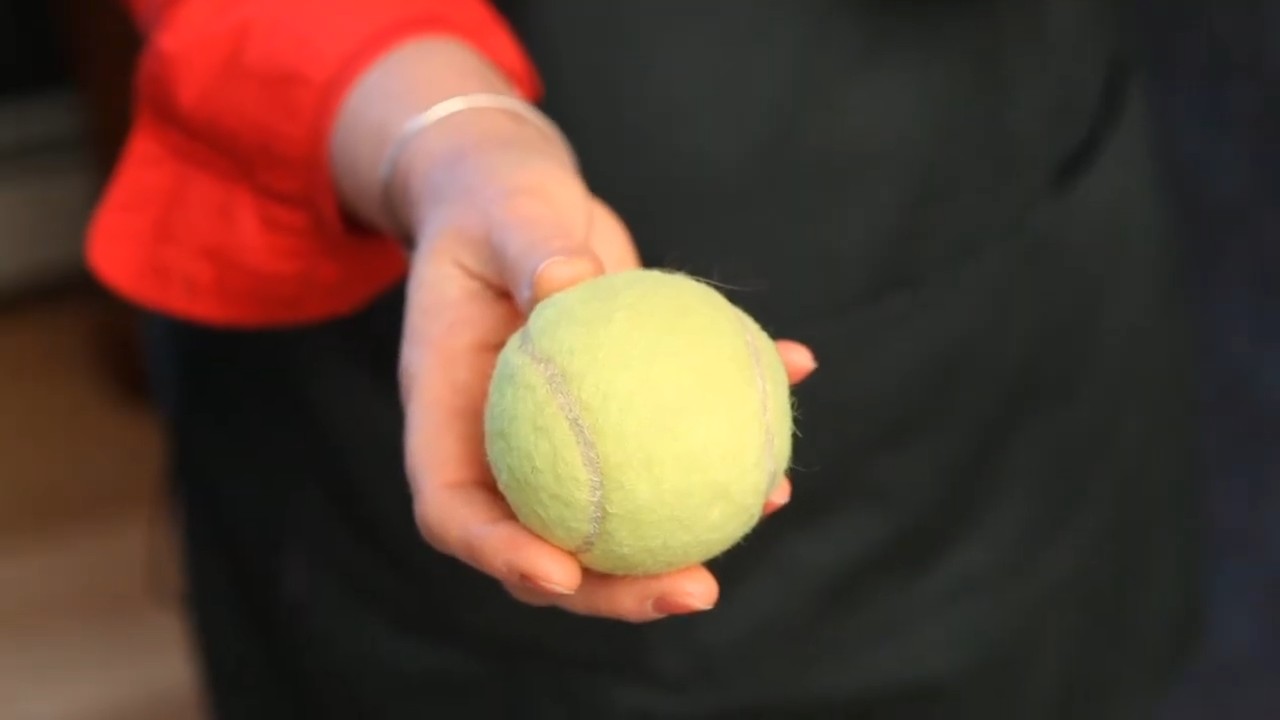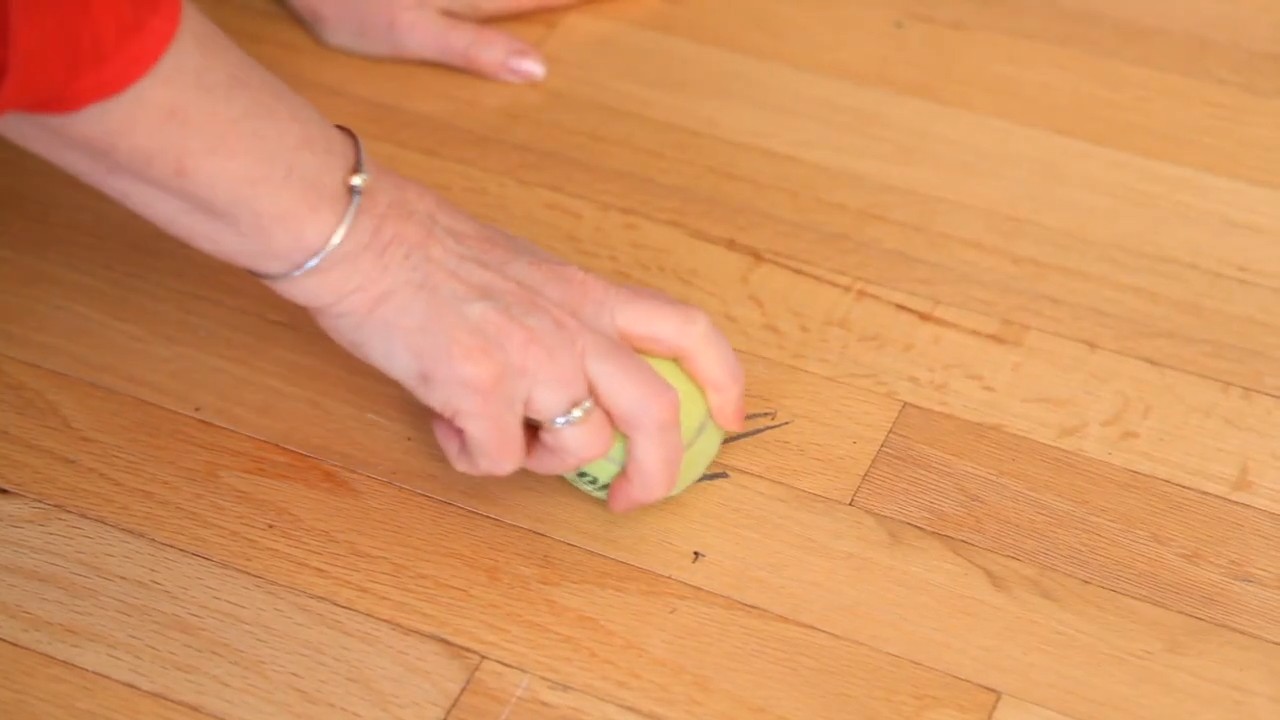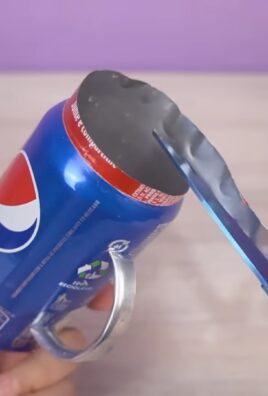Remove Scuff Marks Tennis Ball: Ever stared in dismay at those unsightly scuff marks marring your beautiful floors, wishing you had a magic wand to make them disappear? I know I have! Before you resign yourself to endless scrubbing or expensive cleaning products, let me introduce you to a surprisingly simple and effective solution: the humble tennis ball.
While tennis balls are primarily known for their role in the sport of tennis, their unique texture and gentle abrasiveness have been recognized for other purposes for decades. Think about it – they’re designed to withstand repeated impact and friction, making them perfect for gently buffing away imperfections. This isn’t just a modern hack; resourceful folks have been using tennis balls for various cleaning tasks for years, passing down the secret from generation to generation.
Why do you need this DIY trick? Because life happens! Kids, pets, furniture – they all contribute to the wear and tear on our homes. Scuff marks are inevitable, but they don’t have to be permanent. This method is not only incredibly easy and cost-effective, but it’s also a gentle alternative to harsh chemicals that can damage your surfaces. Plus, it’s a great way to repurpose old tennis balls! So, ditch the elbow grease and get ready to learn how to remove scuff marks with a tennis ball – you’ll be amazed at the results!

DIY Scuff Mark Removal with a Tennis Ball: A Simple Guide
Hey there! Are your walls, baseboards, or even your furniture looking a little worse for wear thanks to unsightly scuff marks? Don’t despair! I’ve got a super easy and surprisingly effective DIY hack for you: using a tennis ball! Yes, you read that right. This simple trick can save you time, effort, and potentially a whole lot of scrubbing. Let’s dive in!
What You’ll Need
Before we get started, let’s gather our supplies. The beauty of this hack is that it requires very few items:
* A clean tennis ball (a slightly used one is perfect!)
* A clean, dry cloth (microfiber works best)
* (Optional) A vacuum cleaner with a brush attachment
Why a Tennis Ball?
You might be wondering, “Why a tennis ball?” Well, the felt covering on a tennis ball is slightly abrasive, but not so abrasive that it will damage your paint or surfaces. It acts like a gentle eraser, lifting away the scuff marks without removing the finish. Plus, the round shape makes it easy to apply even pressure.
How to Remove Scuff Marks with a Tennis Ball: Step-by-Step
Okay, let’s get to the good stuff! Here’s how to use a tennis ball to banish those pesky scuff marks:
1. Prepare the Area: Before you start rubbing, it’s a good idea to prep the area. Use your vacuum cleaner with the brush attachment to gently remove any loose dirt or debris from the surface you’re about to clean. This will prevent you from grinding any particles into the paint, which could cause scratches. If you don’t have a vacuum, a dry cloth will do the trick.
2. Test in an Inconspicuous Area: This is crucial! Before you go wild rubbing the tennis ball all over your walls, test it in a hidden spot, like behind a piece of furniture or in a corner. This will ensure that the tennis ball doesn’t damage or discolor your paint. Rub the tennis ball gently in a small circular motion and check for any adverse effects. If everything looks good, proceed to the next step.
3. Rub the Scuff Mark: Now for the main event! Take your tennis ball and gently rub it back and forth over the scuff mark. Use a light to medium pressure. You don’t need to scrub aggressively. Let the tennis ball do the work. I like to use small, circular motions for more stubborn marks.
4. Observe the Magic: As you rub, you should start to see the scuff mark disappearing. Keep rubbing until the mark is gone or significantly reduced. It might take a little elbow grease for tougher marks, but be patient and avoid applying too much pressure.
5. Wipe Away Residue: After you’ve removed the scuff mark, use your clean, dry cloth to wipe away any residue left behind by the tennis ball. This will ensure a clean and polished finish.
6. Repeat if Necessary: For particularly stubborn scuff marks, you might need to repeat the process a few times. Just remember to be gentle and avoid over-rubbing.
Dealing with Different Types of Scuff Marks
The tennis ball trick works well on a variety of scuff marks, but here are a few tips for dealing with specific types:
* Shoe Scuff Marks: These are probably the most common type of scuff mark. The tennis ball is usually very effective at removing them. Just be sure to clean the area first to remove any loose dirt or grime.
* Furniture Scuff Marks: Furniture can leave scuff marks on walls, especially when you’re moving things around. The tennis ball works well on these, but be extra careful not to damage the paint.
* Crayon or Marker Scuff Marks: While the tennis ball can sometimes help with these, it’s not always the best solution. For crayon or marker, try using a magic eraser or a specialized cleaning product designed for removing these types of marks.
* Grease or Oil Scuff Marks: The tennis ball is unlikely to remove grease or oil scuff marks. You’ll need to use a degreasing cleaner for these types of stains.
Tips and Tricks for Success
Here are a few extra tips to help you get the best results:
* Use a Clean Tennis Ball: A dirty tennis ball can actually make the problem worse by transferring dirt and grime to the surface you’re trying to clean. Make sure your tennis ball is clean before you start.
* Don’t Use Too Much Pressure: Applying too much pressure can damage the paint or surface you’re cleaning. Be gentle and let the tennis ball do the work.
* Work in Small Sections: Instead of trying to clean a large area all at once, work in small sections. This will give you more control and prevent you from over-rubbing.
* Consider the Paint Type: Different types of paint have different levels of durability. Flat paint is more delicate than semi-gloss or gloss paint. Be extra careful when cleaning flat paint.
* For Textured Walls: If you have textured walls, the tennis ball might not be as effective. The texture can prevent the tennis ball from making full contact with the scuff mark. You might need to use a different cleaning method for textured walls.
Maintaining Your Walls to Prevent Scuff Marks
Prevention is always better than cure! Here are a few tips for maintaining your walls and preventing scuff marks in the first place:
* Regular Cleaning: Dust and wipe down your walls regularly to prevent dirt and grime from building up.
* Use Protective Measures: Place furniture pads under the legs of your furniture to prevent them from scratching the walls.
* Be Careful When Moving Furniture: When moving furniture, be extra careful not to bump into the walls.
* Consider a Durable Paint: If you’re painting your walls, choose a durable paint that is resistant to scuff marks. Semi-gloss or gloss paint is a good option for high-traffic areas.
Alternative Scuff Mark Removal Methods
While the tennis ball trick is a great option, it’s not always the best solution for every situation. Here are a few alternative scuff mark removal methods:
* Magic Eraser: Magic erasers are great for removing a variety of stains and scuff marks. However, they can be abrasive, so be sure to test them in an inconspicuous area first.
* Baking Soda Paste: Make a paste of baking soda and water and gently rub it onto the scuff mark. Rinse with clean water.
* Mild Soap and Water: For light scuff marks, you can try using a mild soap and water solution.
* Specialized Cleaning Products: There are many specialized cleaning products available that are designed for removing scuff marks. Be sure to follow the manufacturer’s instructions.
Conclusion
So there you have it! A simple and effective DIY hack for removing scuff marks with a tennis ball. I hope this guide has been helpful. Remember to always test in an inconspicuous area first and be gentle when rubbing. With a little patience and elbow grease, you can banish those pesky scuff marks and keep your walls looking their best! Happy cleaning!

Conclusion
So, there you have it! Removing scuff marks with a tennis ball isn’t just a quirky cleaning hack; it’s a game-changer for anyone who wants to maintain the pristine condition of their walls, floors, and even furniture without resorting to harsh chemicals or expensive cleaning products. The simplicity of this method is truly its strength. Think about it: a readily available, inexpensive tennis ball can save you time, money, and the frustration of scrubbing endlessly at stubborn marks.
Why is this DIY trick a must-try? Because it’s effective, gentle, and incredibly convenient. It’s a fantastic alternative to abrasive cleaners that can damage surfaces over time. Plus, it’s a more eco-friendly option, reducing your reliance on chemical-laden products. Imagine the satisfaction of effortlessly erasing those unsightly scuffs, revealing the clean, fresh surface underneath. It’s a small victory that makes a big difference in the overall appearance of your home.
But don’t stop there! Experiment with different types of tennis balls. A newer, firmer ball might be more effective on tougher scuff marks, while an older, softer ball might be gentler on delicate surfaces. You can also try attaching a tennis ball to the end of a broom handle or mop for those hard-to-reach areas, saving your back and knees from unnecessary strain. Consider using a slightly damp tennis ball for particularly stubborn marks, but always test it in an inconspicuous area first to ensure it doesn’t damage the surface.
We’ve focused on using a tennis ball to remove scuff marks, but the principle extends to other cleaning tasks as well. The gentle abrasion of the tennis ball can be surprisingly effective on other types of stains and marks, so don’t be afraid to experiment.
We are confident that once you try this simple yet effective method, you’ll be amazed by the results. It’s a quick, easy, and affordable way to keep your home looking its best. So, grab a tennis ball, put on some music, and get ready to say goodbye to those pesky scuff marks!
We encourage you to try this DIY trick and share your experience with us. Did it work as well for you as it did for us? Did you discover any variations or tips that made the process even easier or more effective? We’d love to hear your feedback and learn from your experiences. Share your before-and-after photos, your tips and tricks, and your overall thoughts in the comments section below. Let’s create a community of clean-home enthusiasts who are passionate about finding simple, effective, and affordable solutions to everyday cleaning challenges. Your insights could help others discover the magic of the tennis ball and transform their cleaning routines for the better. Let’s all embrace the power of the tennis ball to remove scuff marks and keep our homes looking their best!
FAQ
What types of surfaces can I safely use a tennis ball on to remove scuff marks?
You can generally use a tennis ball on painted walls, baseboards, hardwood floors (with caution), vinyl flooring, and some types of furniture. However, it’s always best to test in an inconspicuous area first to ensure it doesn’t damage the surface. Avoid using it on delicate or easily scratched surfaces like polished wood or certain types of wallpaper. The key is to apply gentle pressure and observe the surface for any signs of damage. If you’re unsure, err on the side of caution and try a different cleaning method.
How much pressure should I apply when using a tennis ball to remove scuff marks?
Start with light pressure and gradually increase it as needed. The goal is to remove the scuff mark without damaging the underlying surface. Avoid pressing too hard, as this could potentially scratch or mar the finish. Let the texture of the tennis ball do the work, and focus on gentle, consistent movements. If the scuff mark is particularly stubborn, try using a slightly damp tennis ball or a specialized cleaning solution in conjunction with the tennis ball.
Can I use any tennis ball, or does it need to be a specific type or brand?
Any standard tennis ball will work for removing scuff marks. However, consider the age and condition of the ball. A newer, firmer ball might be more effective on tougher marks, while an older, softer ball might be gentler on delicate surfaces. Avoid using tennis balls that are excessively dirty or worn, as they could potentially transfer dirt or damage the surface. Clean the tennis ball with a damp cloth before using it to ensure it’s free of debris.
What if the scuff mark is really stubborn and won’t come off with just a tennis ball?
For stubborn scuff marks, try dampening the tennis ball slightly with water or a mild cleaning solution. You can also try applying a small amount of baking soda paste to the scuff mark before rubbing it with the tennis ball. Be sure to test any cleaning solution in an inconspicuous area first to ensure it doesn’t damage the surface. If the scuff mark persists, you may need to consider using a specialized cleaning product designed for removing scuff marks.
Is using a tennis ball to remove scuff marks safe for painted walls?
Yes, using a tennis ball is generally safe for painted walls, but it’s still important to test in an inconspicuous area first. The gentle abrasion of the tennis ball can effectively remove scuff marks without damaging the paint. However, avoid using excessive pressure, as this could potentially rub off the paint or leave a shiny spot. If you’re concerned about damaging the paint, try using a softer tennis ball or a microfiber cloth instead.
How do I clean the tennis ball after using it to remove scuff marks?
After using a tennis ball to remove scuff marks, simply wipe it down with a damp cloth to remove any dirt or residue. You can also wash it with mild soap and water if necessary. Allow the tennis ball to air dry completely before storing it. This will help prevent the growth of mold or mildew.
Are there any surfaces I should absolutely avoid using a tennis ball on?
Avoid using a tennis ball on delicate or easily scratched surfaces such as polished wood, certain types of wallpaper, or glossy finishes. These surfaces are more susceptible to damage from the abrasion of the tennis ball. Also, avoid using it on surfaces that are already damaged or peeling, as this could worsen the damage. Always test in an inconspicuous area first to ensure the tennis ball is safe to use on the surface.
Can I use this method on car interiors or other delicate surfaces?
While the tennis ball method is generally safe for many surfaces, it’s not recommended for car interiors or other delicate surfaces. Car interiors often have sensitive materials that can be easily damaged by abrasion. For these surfaces, it’s best to use specialized cleaning products and techniques designed for automotive detailing.
How often should I use this method to maintain my walls and floors?
You can use the tennis ball method as often as needed to remove scuff marks and maintain the appearance of your walls and floors. However, avoid overdoing it, as excessive rubbing could potentially damage the surface over time. A good rule of thumb is to use it only when you notice scuff marks and to apply gentle pressure. Regular cleaning and maintenance can also help prevent scuff marks from forming in the first place.
Where can I find tennis balls if I don’t have any?
Tennis balls are readily available at most sporting goods stores, department stores, and even some drugstores. You can also purchase them online from various retailers. If you don’t want to buy a new pack of tennis balls, you can often find used tennis balls at thrift stores or from friends or family members who play tennis. Just be sure to clean the tennis balls thoroughly before using them to remove scuff marks.





Leave a Comment